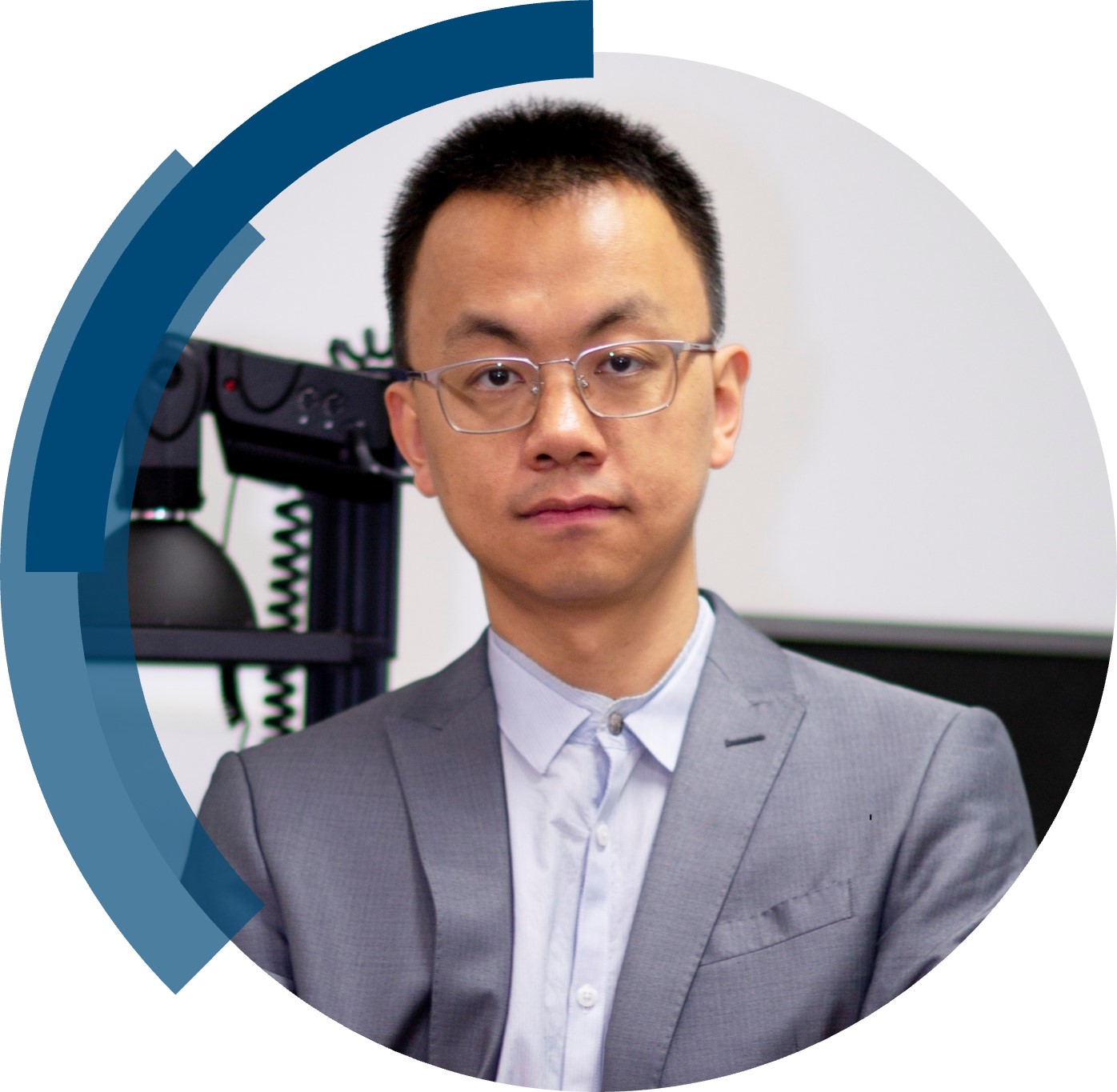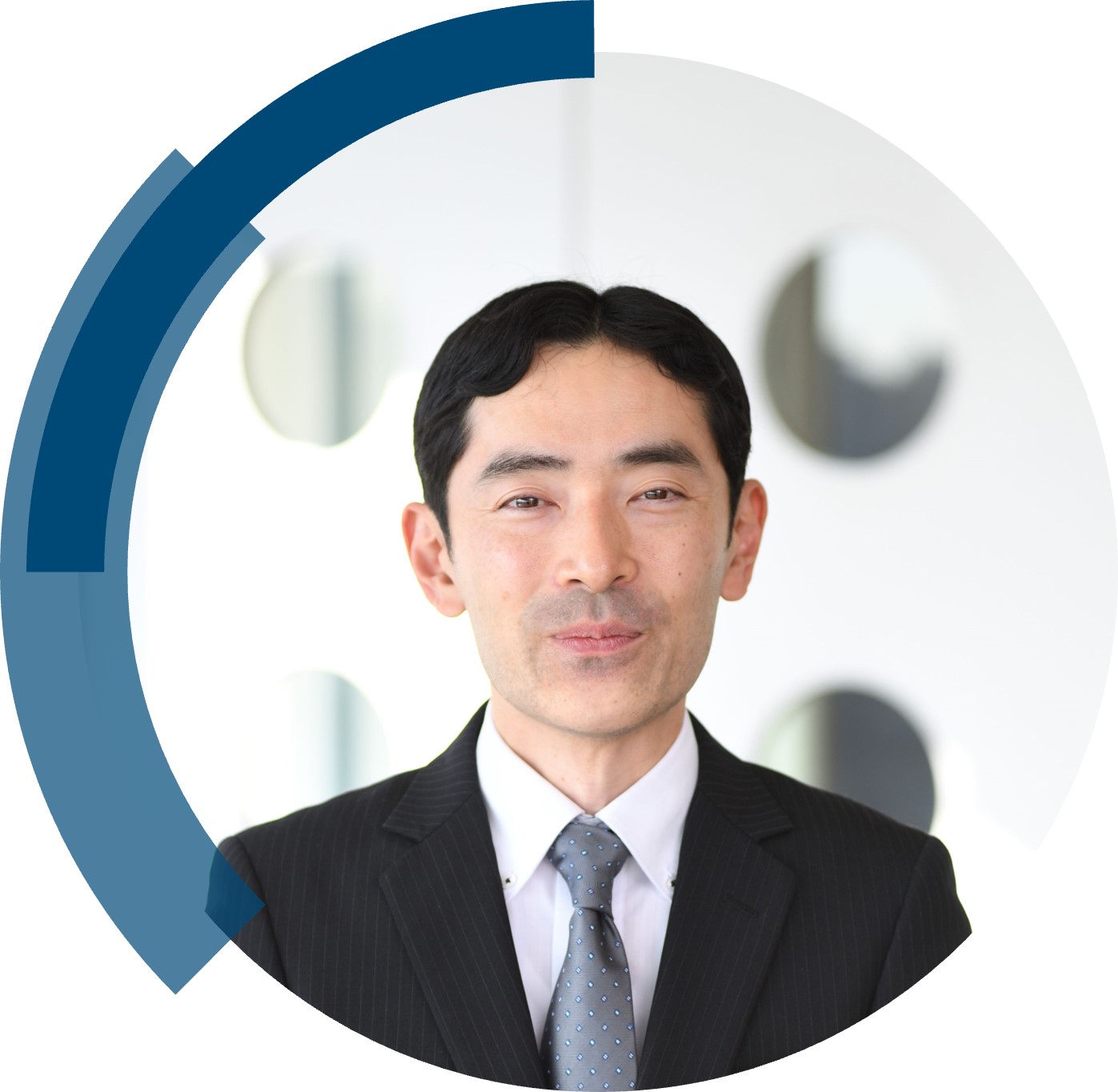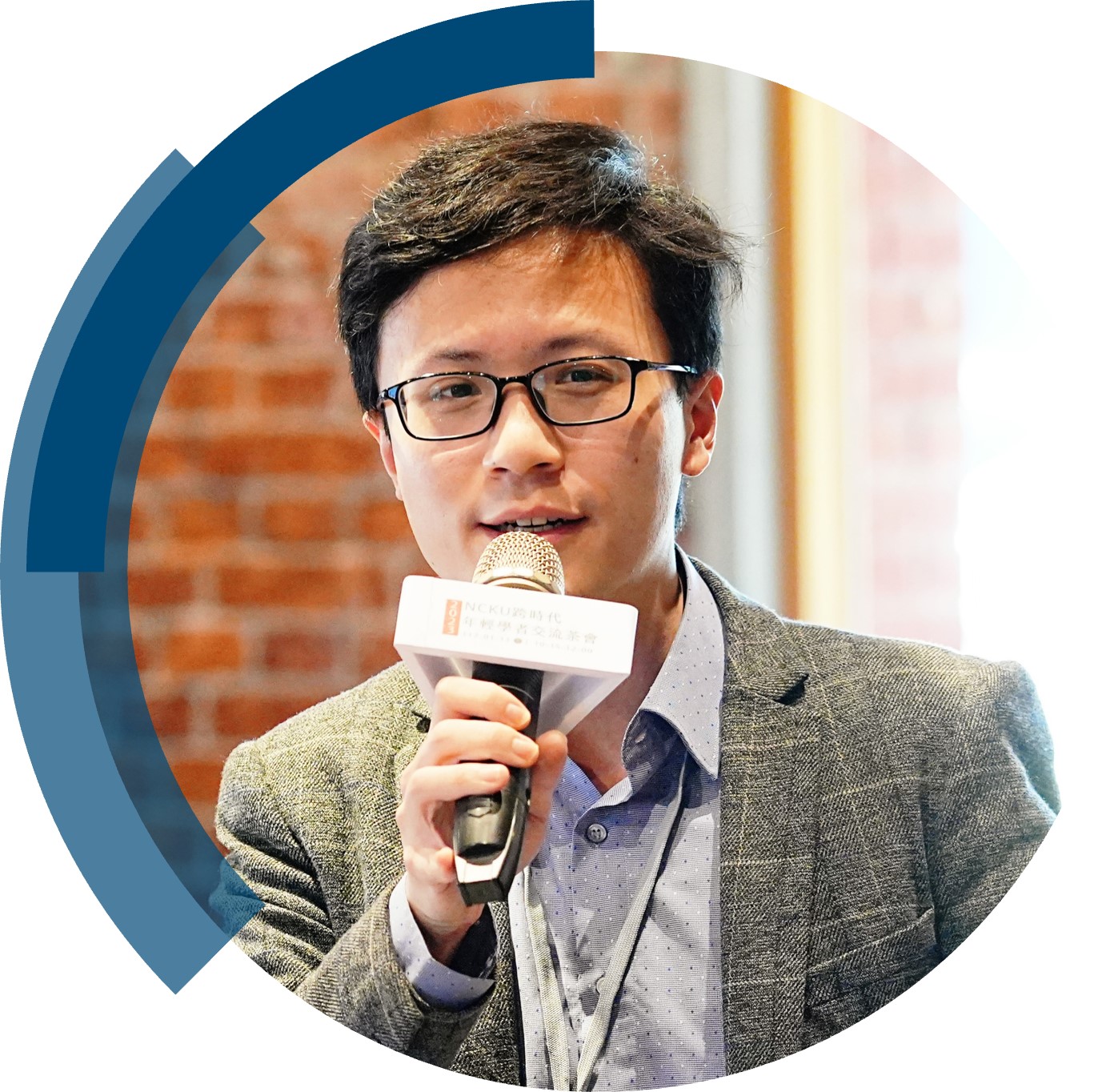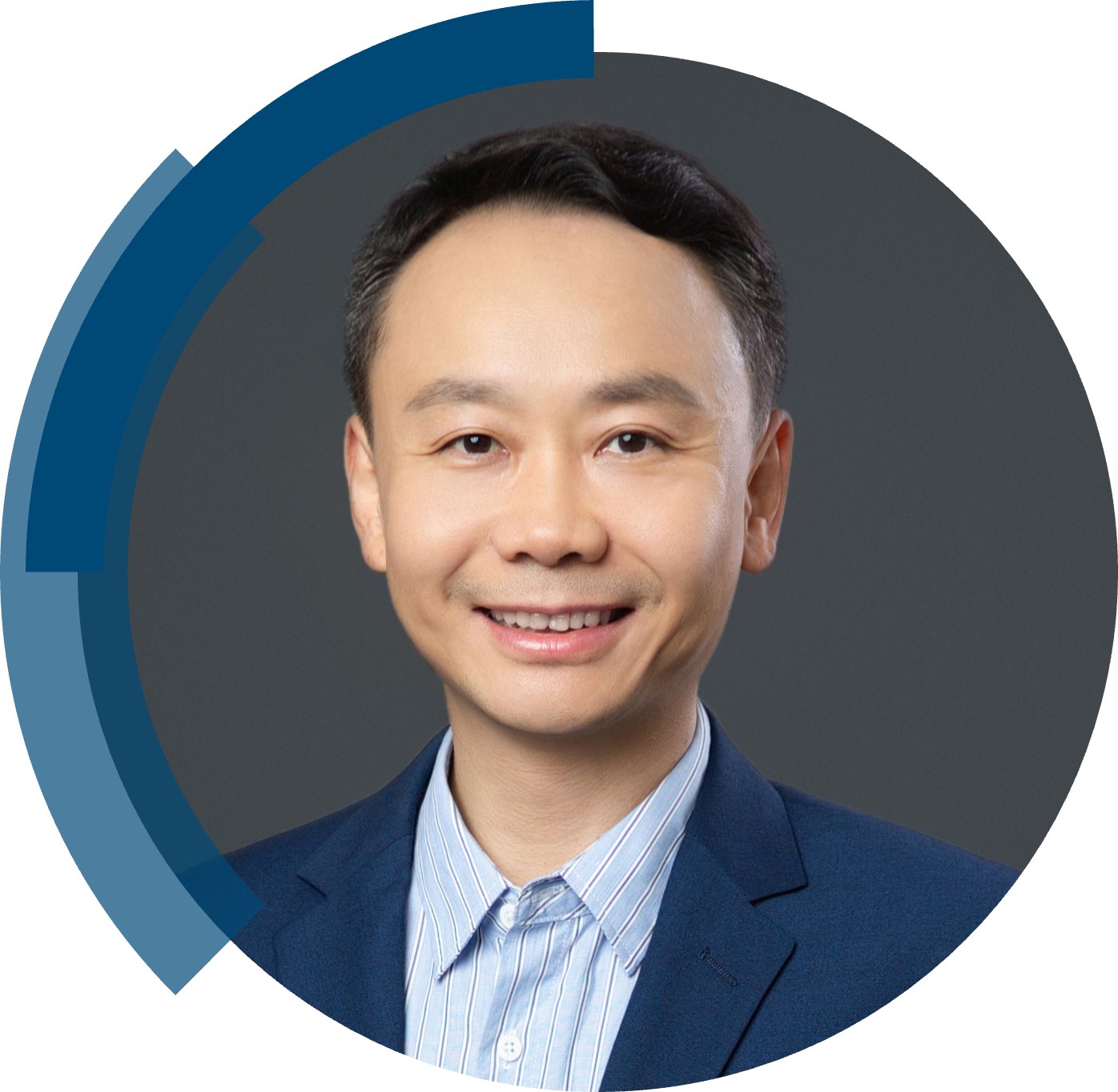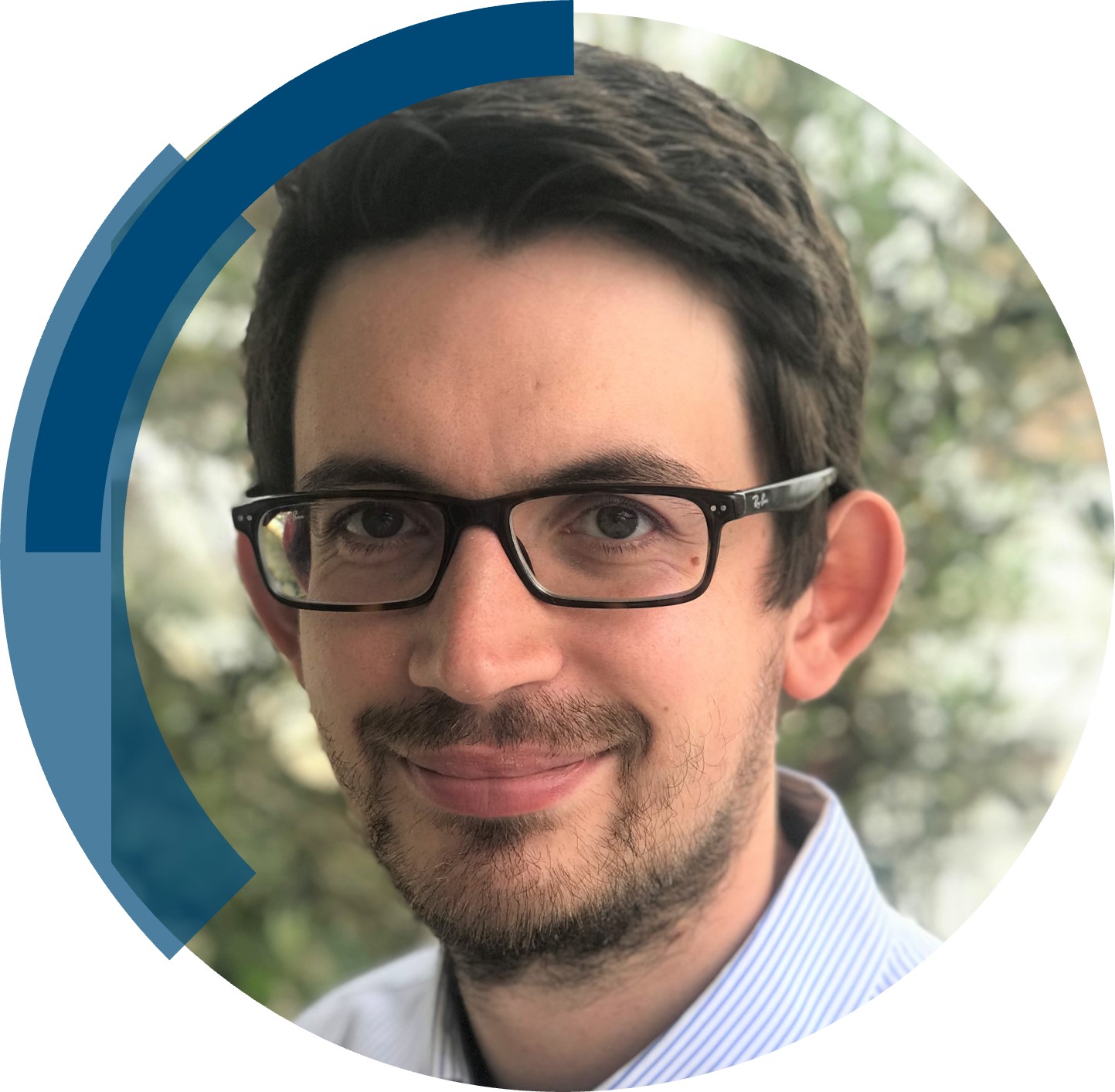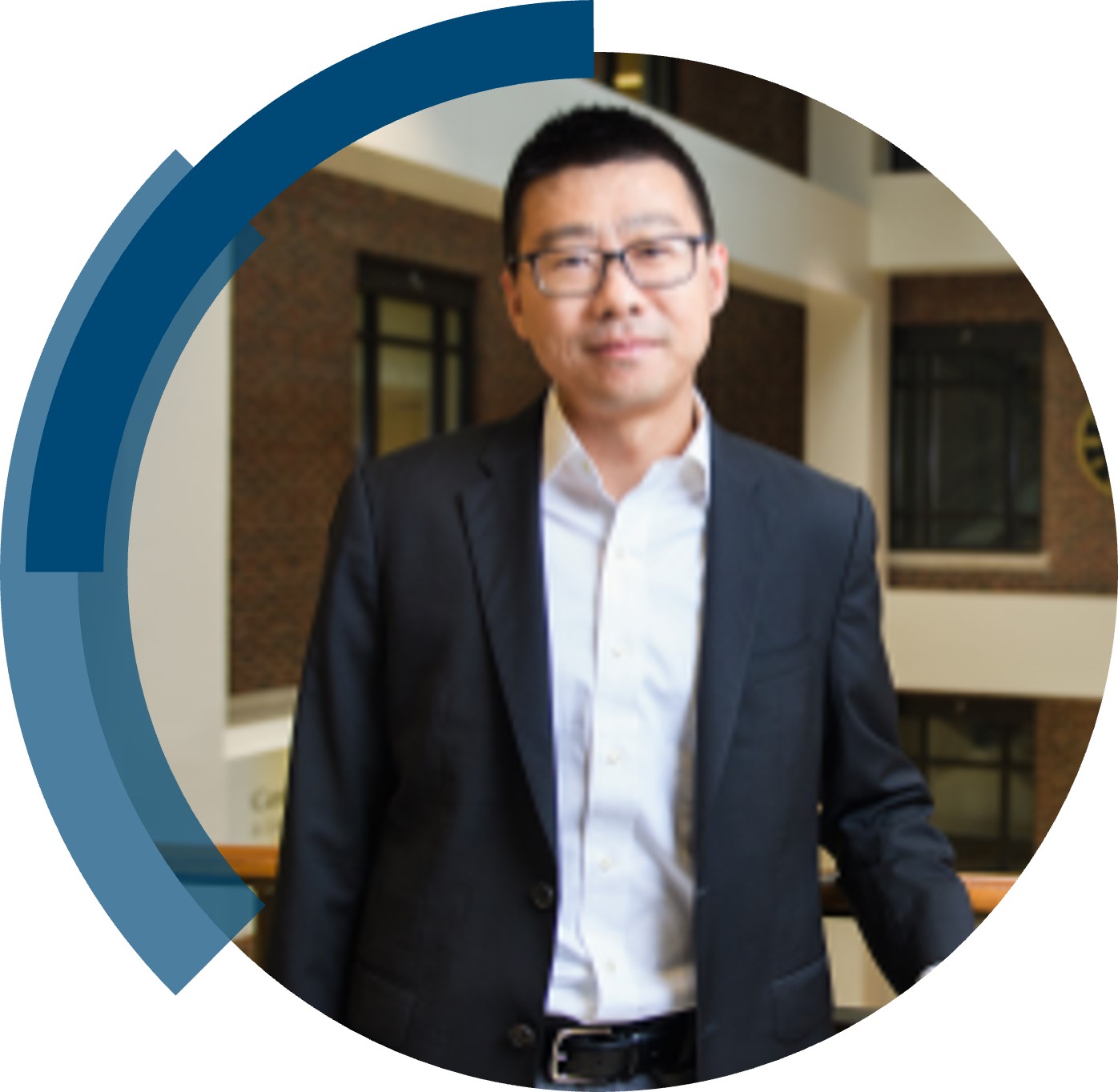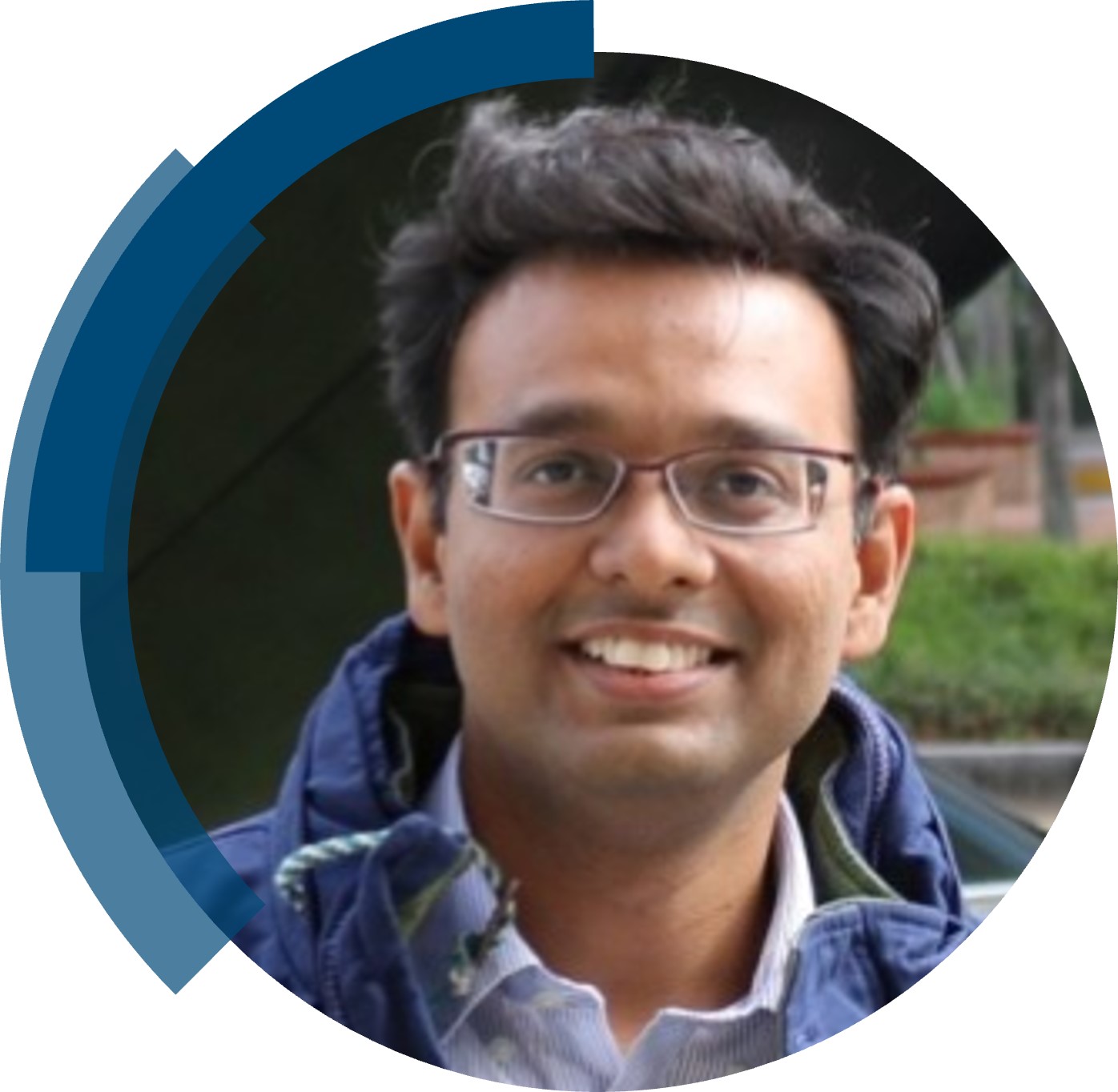We are excited to share the success of Moritz Senger’s first-time independent article in ChemComm; “Secondary structure changes as the potential H2 sensing mechanism of group D [FeFe]-hydrogenases” included in the full milestones collection.
Read our interview with Moritz below.
What are the main areas of research in your lab and what motivated you to take this direction?
We perform fundamental research on enzymes to learn about sustainable catalysis in Nature. Thereby we derive molecular principles which inspire synthetic catalyst design as well as supporting their exploitation in bio-tech applications.
Our current research focus lies on enzymes catalysing H2 turnover with high efficiencies, [FeFe]-hydrogenases, targeting green H2 production.
Currently, 95% of H2 is produced from fossil resources, which generates significant CO2 emissions. Green H2 gas has the potential to reduce the CO2 footprint of e.g. the Haber-Bosch process, steel production and transportation. Additionally, green H2 production will allow to store seasonal renewable energies (wind, sunlight) into chemical energy, a process gaining rapidly importance.
Can you set this article in a wider context?
[FeFe]-hydrogenases are a prime example how nature found ways to use identical cofactors to facilitate completely different functions by modulating the second and third coordination sphere. For me it is fascinating how the cofactor of the Group A [FeFe]-hydrogenases which we primarily associate with efficient H2 turnover, facilitates H2 sensing when in-cooperated in the protein fold of the specific [FeFe]-hydrogenase from Group D (TamHydS) which we investigated in this article.
While in both enzymes the redox chemistry at the cofactor seems to be identical, the proteins appear to react differently to this similar stimulus. In the catalytically very active Group A [FeFe]-hydrogenase we observe a rearrangement of hydrogen bonds optimising the geometry of the proton transfer pathway to the cofactor for fast H2 catalysis. In contrast in the H2 sensory Group D [FeFe]-hydrogenase, TamHydS, the same redox event triggers a rearrangement in the secondary structure of the protein that is likely involved in signal transduction to other proteins found in the genome.
What do you hope your lab can achieve in the coming year?
Science wise in the next year we will focus on H2 catalysis again. We aim to solve structures of [FeFe]-hydrogenases in defined reaction intermediates. These specific structures will complement the spectroscopic work of the last decades. Evaluating the combination of functional and structural information will help us to identify the molecular principles which make [FeFe]-hydrogenases such efficient H2 evolution catalysts.
As a research group we are still recruiting and in the coming year we hope to find postdoctoral researchers with physical chemistry and/or structural biology background completing our team. If you would like to join our discoveries in enzymatic catalysis feel free to get in contact.
Describe your journey to becoming an independent researcher.
From a foundation in Physics, I specialised in Biophysical Chemistry with a focus on spectroscopic description of redox enzymes. In my PhD I followed my passion for sustainable catalysis and investigated the reaction mechanism of [FeFe]-hydrogenases spectroscopically. The development of novel spectroscopic approaches that allowed stabilizing and characterising unknown reaction intermediates in situ resulted in a complete re-evaluation of the catalytic cycle of [FeFe]-hydrogenases.
My postdoc at Freie Universität Berlin, Germany, with Prof. Joachim Heberle inspired me to artificially photoactivate redox enzymes. An approach that I refined during my Marie Skłodowska-Curie postdoc in the Ångströmlaboratoriet at Uppsala Universitet (Sweden) with Prof. Leif Hammarström. During my postdoc time with Prof. Gustav Berggren I further focused on topics related to my current operation comprising method development and applications in light driven H2 production in potentially self-healing living cell systems.
Since March 2024 I established my own research group in the Biochemistry Program of Uppsala Universitet. Here we target fundamental questions in enzymatic catalysis which requires my group to cover the full range of biochemical, physical chemistry and structural biology aspects.
What is the best piece of advice you have ever been given?
”Wiederholung ist die Mutter der Wissenschaft” which loosely translates to “Repetition is the mother of science”. A piece of advice I was given early in my PhD days and which turned out to not lose any of its validity.
Why did you choose to publish in ChemComm?
Personally, I appreciate the communication format to make findings fast and early accessible. With its high standards and broad readership ChemComm was the logical choice for our study.
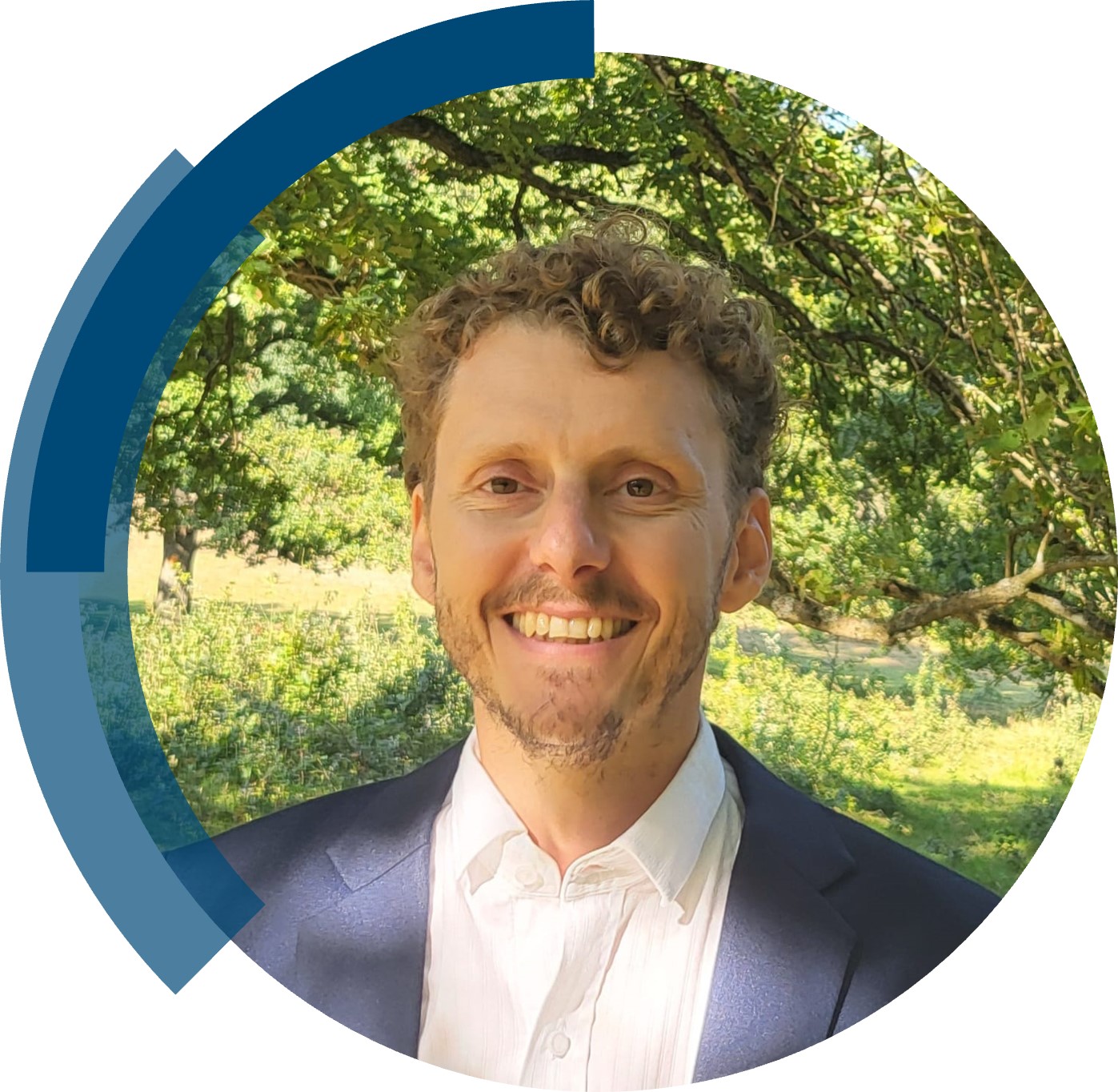 |
Moritz Senger’s fundamental research centres on bio-catalysis in enzymes. He leads a research group at the intersection of physics, chemistry and biology at Uppsala University.
He obtained a PhD in Physics (2018) at Freie Universität Berlin under the supervision of Prof. Joachim Heberle. After a postdoc in Berlin he moved to Uppsala University in Sweden (2020) and joined the groups of Prof. Leif Hammarström and Prof. Gustav Berggren as a Marie Skłodowska-Curie postdoctoral researcher. Since March 2024 his research group in the Biochemistry Program of Uppsala University investigates the molecular mechanisms of enzymatic catalysis for sustainable energy solutions. https://www.uu.se/en/department/chemistry-bmc/research/biochemistry/senger-group |
Explore more ChemComm Milestones news and updates on our X Feed (@ChemCommun) and LinkedIn (ChemComm Journal)













